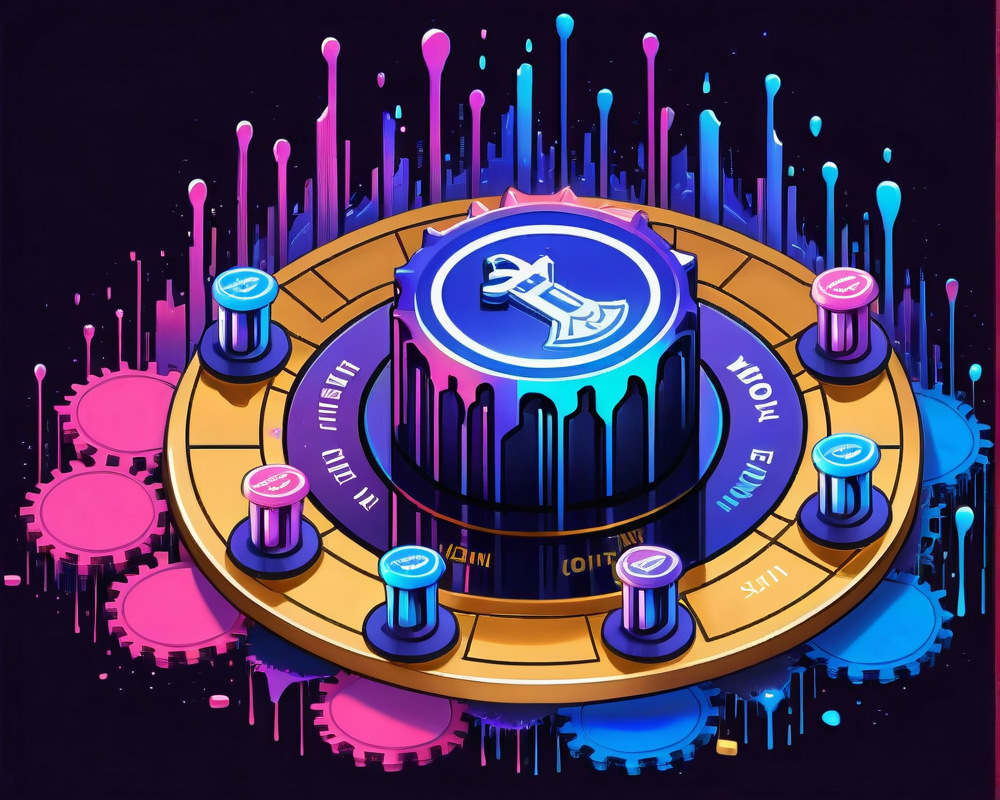Major Announcement from the Helium Foundation
In a momentous move, the Helium Foundation has officially decided to transition its mainnet to the Solana blockchain, following a community vote that has left many scratching their heads—in a good way! This vote, now known as HIP 70, had participants weighing the benefits of this leap into a new blockchain cosmos.
The Nuts and Bolts of the Move
According to the new proposal, the existing proof-of-coverage and data transfer mechanisms will shift to Helium Oracles. What does this mean in layman’s terms? Well, for starters, think of it as moving from a rickety old bicycle to a shiny new Tesla. With this transition, we can expect more native HNT tokens available for subDAO reward pools, consistent mining operations, and a much-needed refresh in data transfer reliability.
Introducing Helium Mobile: A New Kind of Service
This announcement comes hot on the heels of another amazing development! Helium’s creator, Nova Labs, has struck a deal with T-Mobile to launch Helium Mobile. This innovative concept allows users to earn crypto rewards simply by sharing information about their service coverage—like the neighborhood gossip but for data! Subscribers will need a 5G-capable device to join this new adventure.
Why This Matters
For folks who have grown accustomed to paying for their mobile plans without any perks, this new crypto-powered mobile service sounds like a breath of fresh air. Imagine earning crypto rewards every time you help identify those annoying dead spots in your neighborhood. Yes, please!
More Hotspots and Enhanced Coverage
But wait, there’s more! Since its launch in 2019, Helium has deployed over 900,000 hotspots worldwide, and they’re adding about 1,000 units daily. As of August 2022, over 2,500 active Helium hotspots are providing 5G coverage in 889 cities across the United States. Thanks to this growing network, users can expect open-source coverage that’s not just a buzzword—it’s reality!
Why Solana?
Now you may be wondering, why Solana? Known for being a bustling hub for decentralized applications, Solana’s blockchain can handle a staggering 100 to 200 million transactions a day. With its user count surpassing 1 million since May, Solana’s efficiency is a big draw for developers wanting to scale their projects without sweating the small stuff.
In Conclusion: A Bright Future Ahead
The Helium Foundation’s move to Solana is not just a win for the token holders; it’s a revolutionary step towards creating a more functional, expansive, and rewarding ecosystem. So buckle up! This transition might just turn the wireless networking world upside down—in the best way possible!




